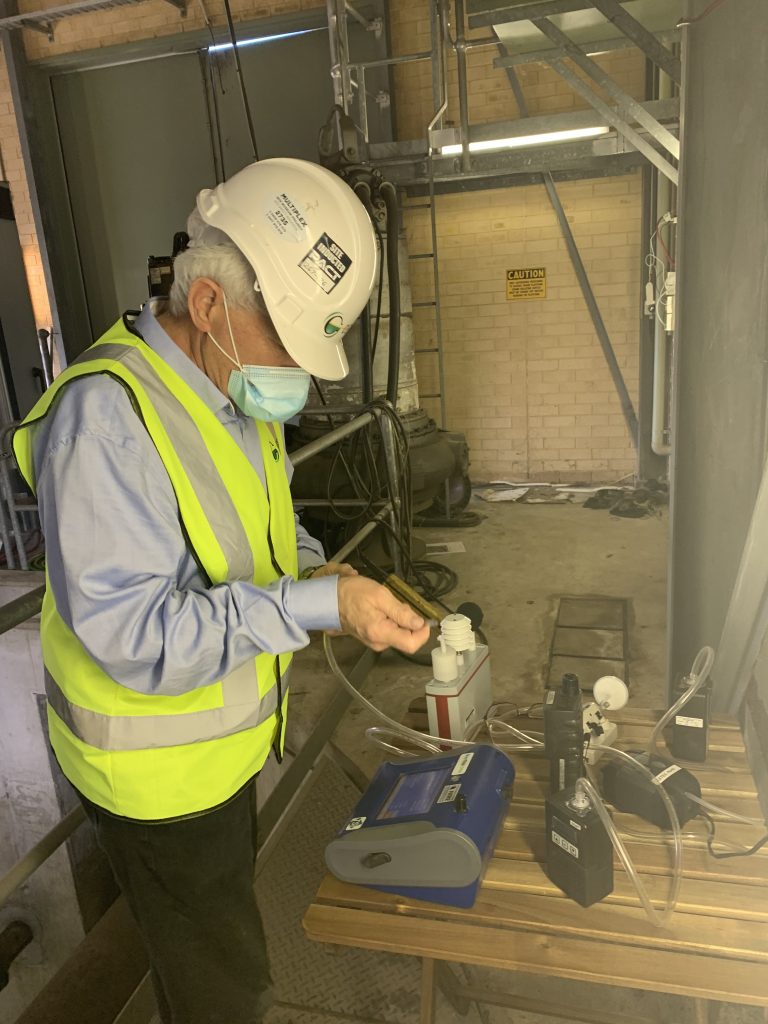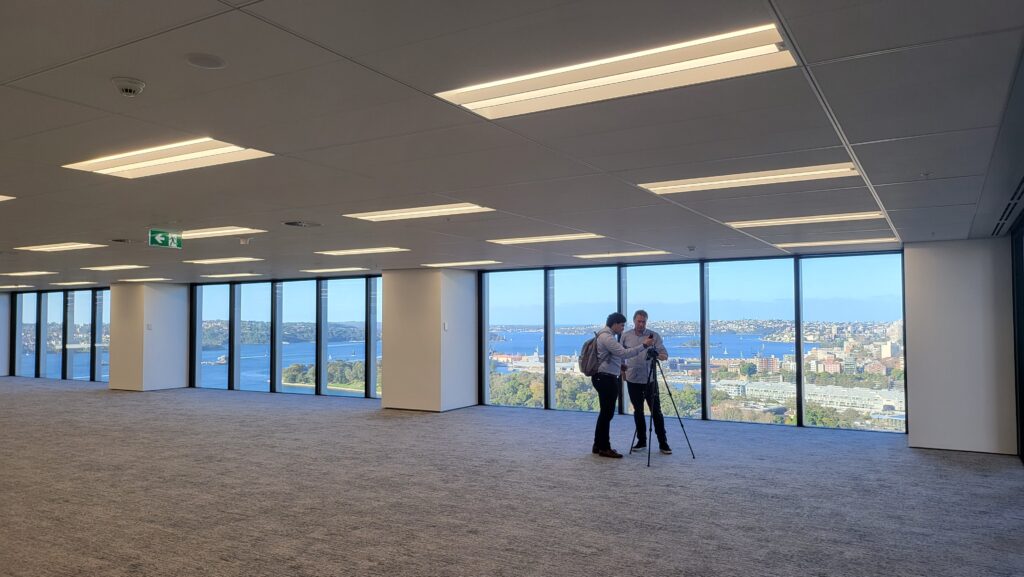- Overview
CETEC has been a pioneer in IEQ for over 35 years
A typical modern lifestyle includes spending a significant amount of time indoors whether it be at work, at home or for recreation. Consequently, indoor environmental factors are an important determinant of our health and wellbeing and also affect our performance and productivity.
Understanding an indoor environment requires us to consider a combination of environmental factors that influence health, wellbeing and performance. The needs of the occupant are also vital to understand when considering what effect environmental parameters may have (e.g. people in a commercial office have different needs than patients in a hospital).
High performing indoor environments seeks to achieve targets for the specific parameters which are important. Targets may be an acceptable range (e.g. temperature), a maximum threshold limit (e.g. air pollutants) or a minimum standard (e.g. light levels).
At CETEC we are experts at environmental testing and use advanced measurement equipment and laboratory analysis to quantitatively assess a wide range of IEQ parameters including, but not limited to, thermal comfort, particles, chemicals, microbes, radiation, light and sound.





- Service Benefits
We spend 90% of our lives indoors, the opportunity for individual health benefits, asset differentiation and productivity are significant
Common IAQ tests
Thermal comfort – air temperature, radiant temperature, relative humidity and air speed
Ventilation rates / effectiveness by measuring and modelling carbon dioxide levels
Airborne Particles – PM10, PM2.5, PM1, respirable, inhalable
Air pollutants – VOCs, formaldehyde, carbon monoxide, NOx and ozone (and many more chemicals)
Water pollutants – heavy metals, disinfectant by-products (and many more chemicals)
Bacteria and Mould – in air, water and on surfaces
Non-ionising radiation – electromagnetic frequency or EMF (radiofrequency and high voltage)
Key outcomes
Improve health, wellness and productivity of occupants
Identify and manage risks
Verify compliance with regulations and standards
Building certification (NABERS, Green Star, WELL, Fitwel, BREEAM, LEED)





